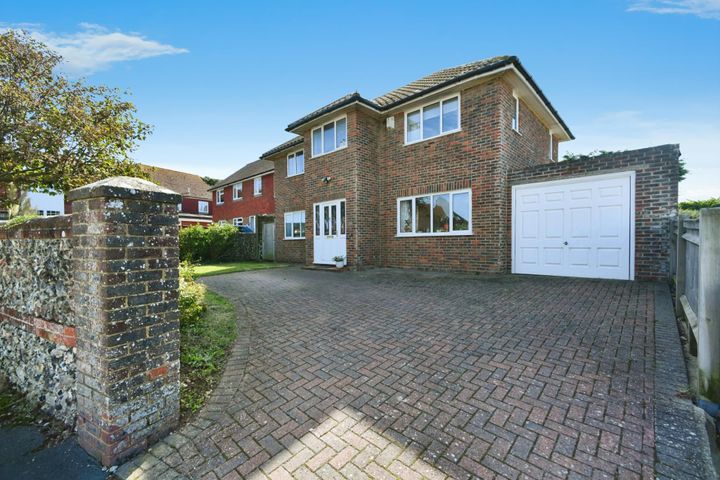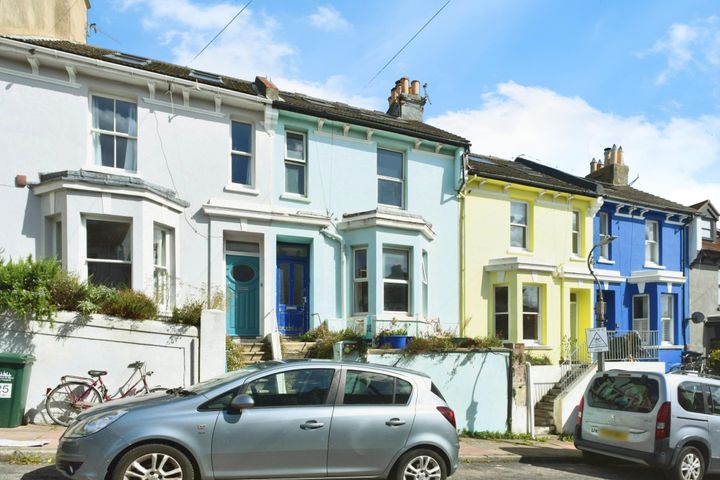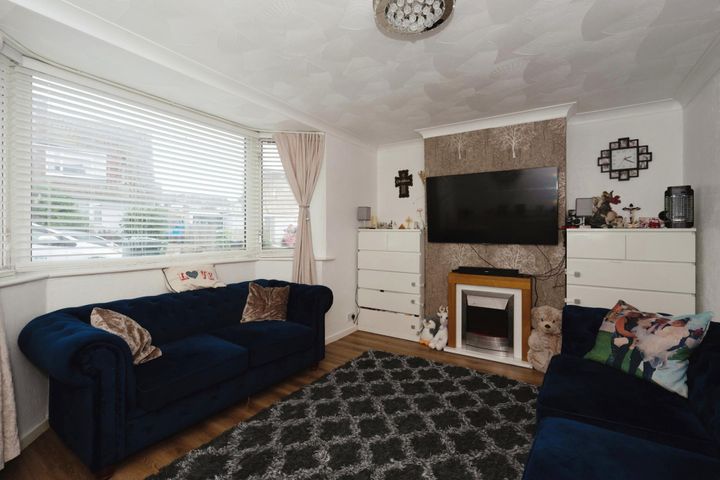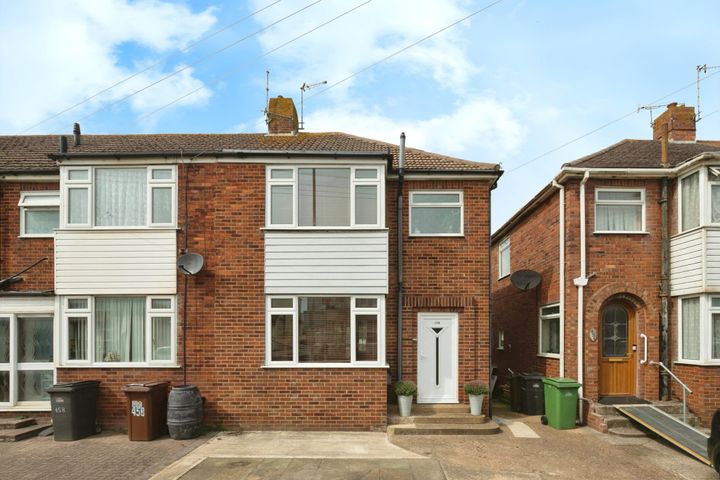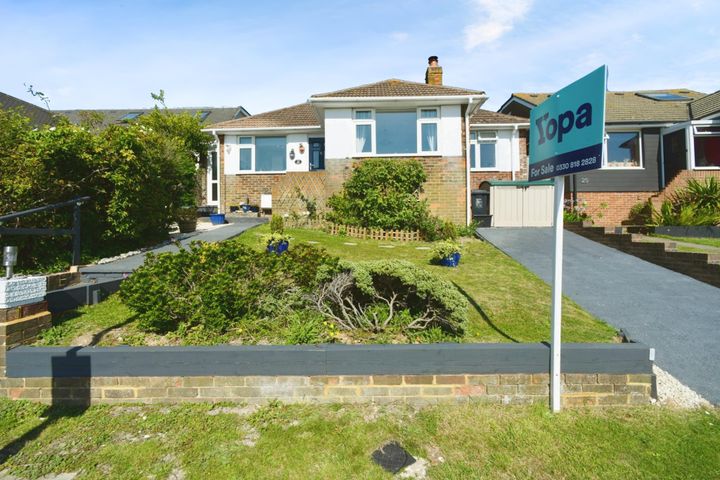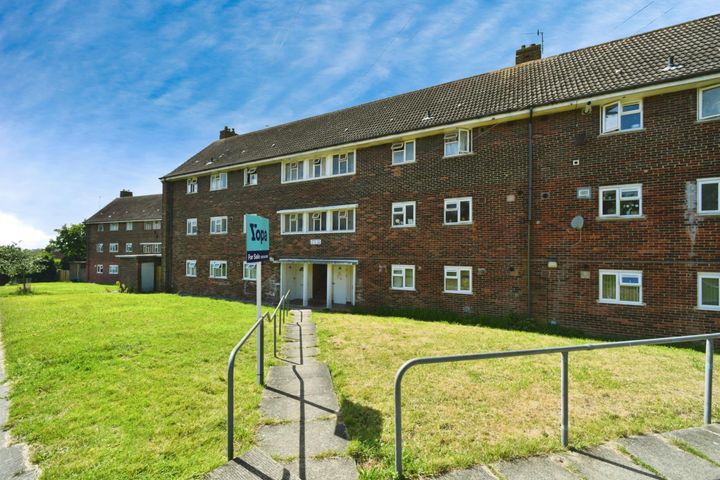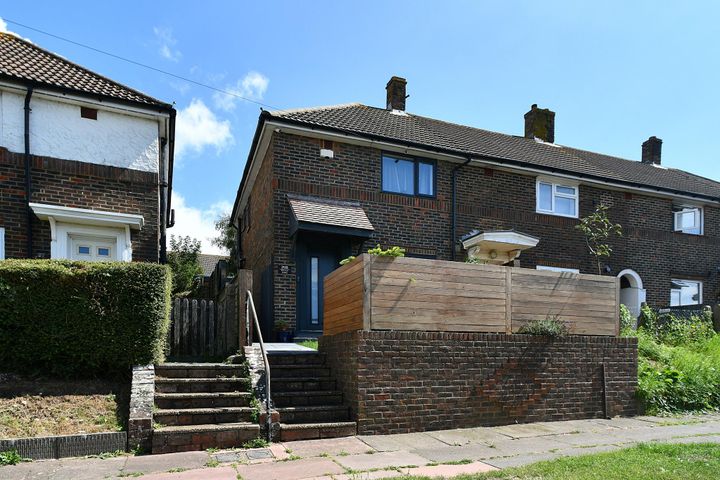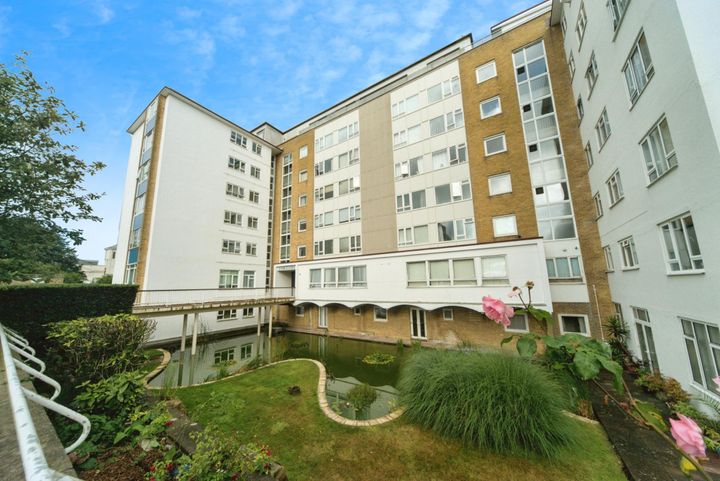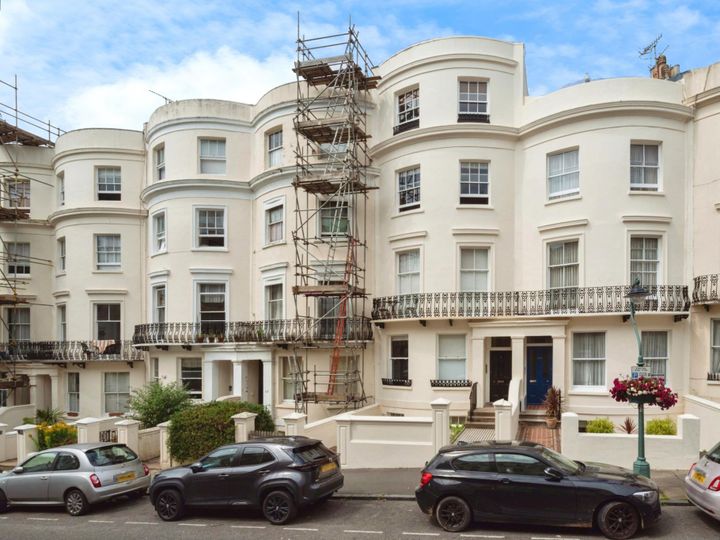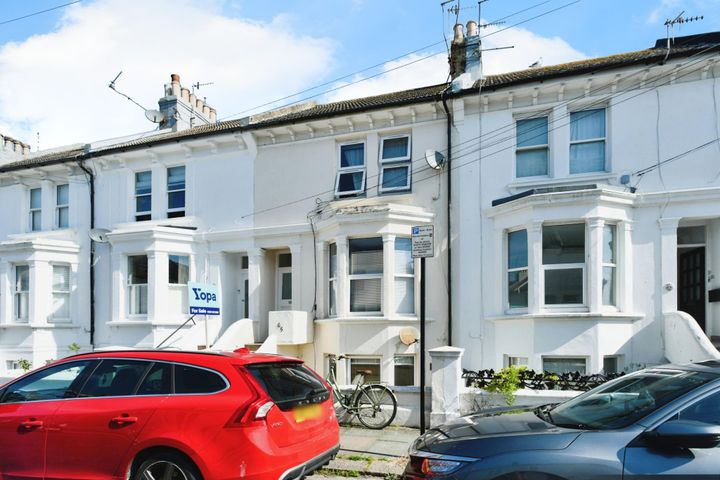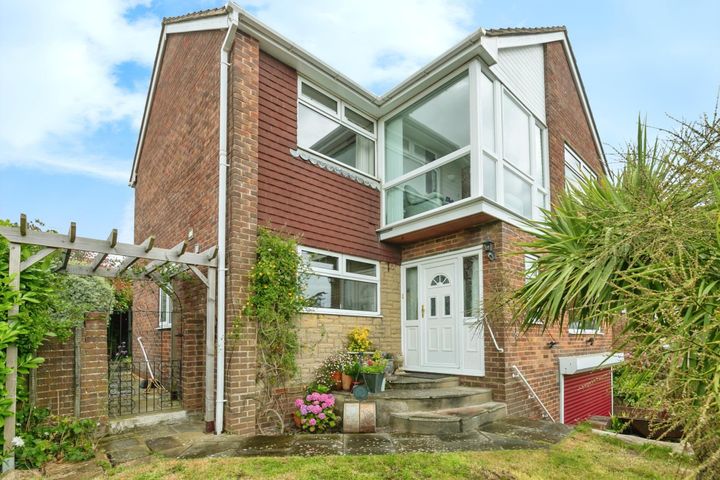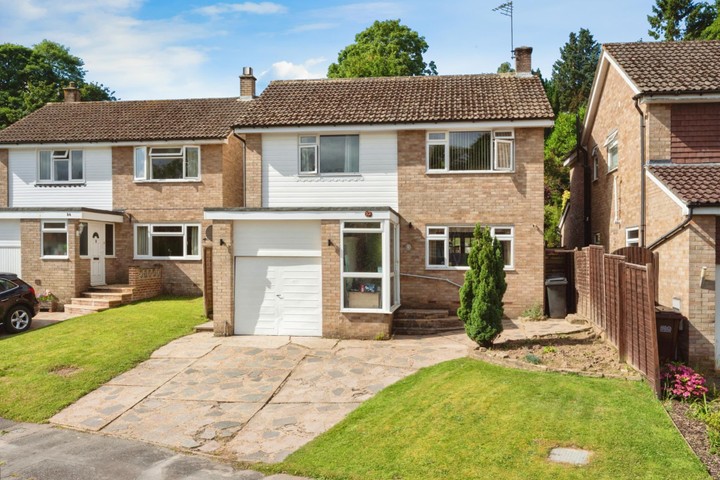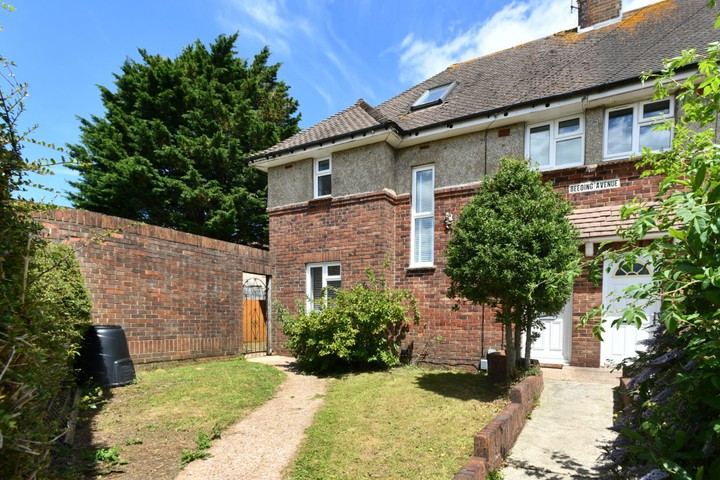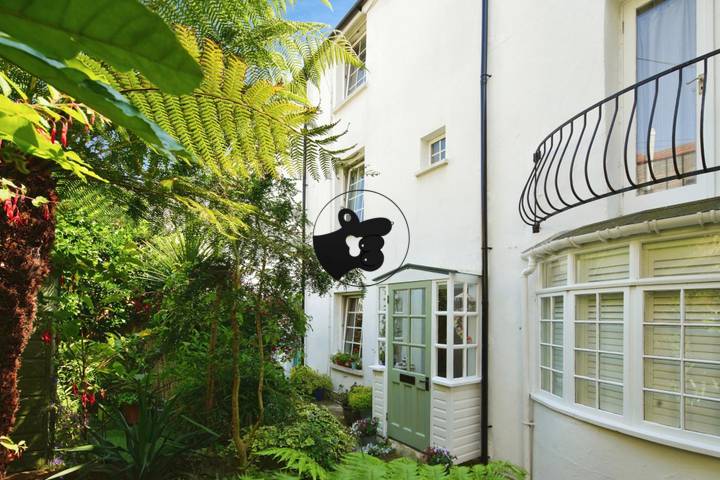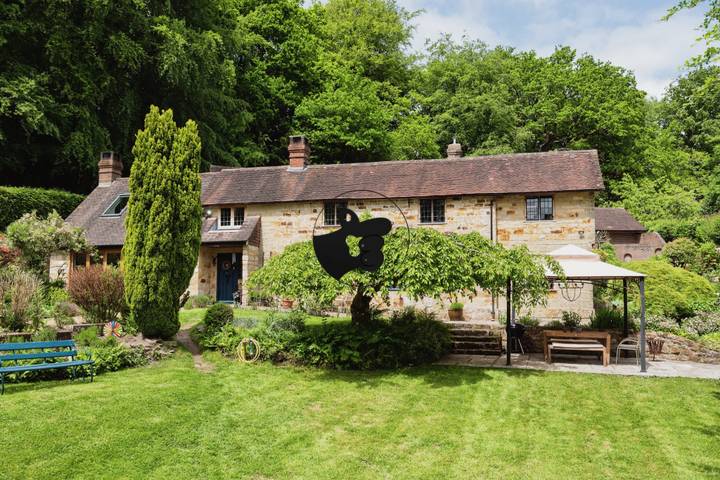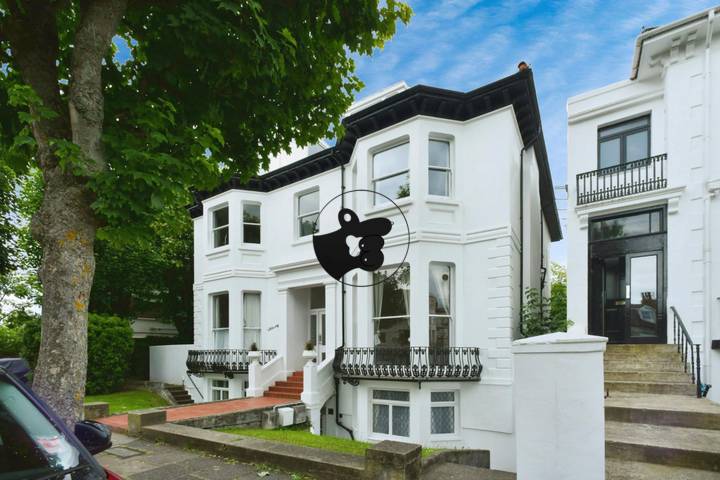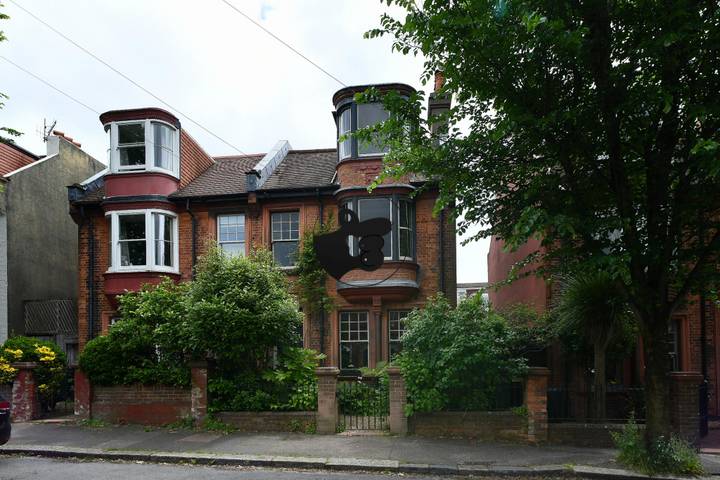Several factors influence real estate prices in East Sussex, including location, local amenities, and market demand. Proximity to the coast, especially towns like Brighton and Hastings, often drives up prices due to the desirability of seaside living. Areas with good transport links, such as those near major railway stations, also see higher demand, as commuters are willing to pay a premium for convenience. The quality of local schools can significantly impact property values; for instance, areas with outstanding school ratings, like Lewes, tend to attract families seeking educational opportunities for their children. Additionally, the overall economic climate and changes in government policy can affect buyers' confidence and investment levels, further influencing prices. Historic charm and architectural heritage in towns like Rye can attract a premium, while properties needing significant renovation in less desirable locations might struggle to command high prices.
East Sussex
Location
Price Range
Any price
Price Range
Minimum
No min
Maximum
No max
Property type
Show all
Property type
Show all
House
Apartment
Building
Other
Bedrooms
Any beds
Bedrooms
Minimum
No min
Maximum
No max
Surface Range
Any surface
Surface Range
Minimum
No min
Maximum
No max
Sale type
For sale
Sale type
Show all
To rent
For sale
Location
Apartments and houses for sale in East Sussex
29 results
Recent
East Sussex insights
| Aspect | Summary |
|---|---|
| Population | 870,000 (approx.) |
| Average Property Price | £350,000 |
| Rental Yield | 4.5% |
| Average Rent | £1,250 per month |
| Occupancy Rate | 92% |
| Capital Growth Rate | 3.2% per annum |
| Property Tax | £1,500 (average council tax per year) |
| Transaction Costs | Approximately 4-5% of property price |
| Expected ROI | 8% per annum |
| Economic Growth Impact | Positive, with increasing investment in local infrastructure |
East Sussex FAQ
What factors influence real estate prices in East Sussex?
How have real estate prices changed in East Sussex over the last few years?
Over the last few years, real estate prices in East Sussex have experienced notable fluctuations, influenced by various factors including demand, local amenities, and the pandemic's impact on living preferences. According to the Land Registry, average house prices surged from approximately £300,000 in early 2020 to around £370,000 by late 2022, reflecting a roughly 23% increase. Coastal towns like Brighton and Hove have seen some of the steepest rises, with properties in desirable areas often fetching over £500,000, driven by their appeal to both local and London-based buyers seeking a more relaxed lifestyle. In contrast, more rural areas like Bexhill and Hastings have seen slight increases as well but are generally more affordable, with average prices hovering around £270,000. The limited housing supply has compounded the situation, making it challenging for first-time buyers in particular, as competition for available homes remains high.
What are typical price ranges for homes in East Sussex?
In East Sussex, home prices can vary significantly depending on the area, property type, and local amenities. For instance, in more urban locations like Brighton, the average price for a flat can range from £250,000 to over £500,000, with some luxury properties exceeding £1 million. In contrast, three-bedroom semi-detached houses in coastal towns such as Eastbourne typically fall between £300,000 and £450,000. Meanwhile, in more rural areas like Lewes or the High Weald, a detached family home might be priced between £500,000 and £800,000. Properties in picturesque villages, while often smaller, can still command prices of £300,000 and above due to their charm and appeal. Overall, East Sussex offers a diverse property market catering to a wide range of budgets and preferences.
Are there specific neighborhoods in East Sussex with notably higher or lower prices?
In East Sussex, property prices can vary significantly between neighborhoods. For instance, areas like Brighton and Hove tend to have higher house prices due to their coastal appeal, vibrant culture, and amenities. Properties in these cities often sell for well above the county average, driven by demand from young professionals and families. Conversely, towns like Hastings and Bexhill-on-Sea typically offer more affordable housing options, appealing to those seeking lower entry costs. Specifically, neighborhoods in Hastings North show lower average prices, often attracting first-time buyers or those looking for investment opportunities. Similarly, the rural areas of East Sussex, such as Heathfield, often present a range of properties at more accessible prices, although they may be less convenient for commuting. Overall, local factors like amenities, transport links, and environmental appeal play significant roles in these price disparities.
How do property prices in East Sussex compare to nearby areas?
Property prices in East Sussex tend to vary significantly when compared to nearby areas. For instance, in towns like Brighton and Hove, the demand for housing drives prices considerably higher due to the vibrant cultural scene and proximity to the coast. Average property prices in Brighton frequently exceed £400,000, whereas in East Sussex, particularly in more rural locations like Lewes or Uckfield, the average can be closer to £300,000 to £350,000. Hastings, another coastal area, offers relatively more affordable options, with average prices around £250,000, reflecting its ongoing regeneration efforts. In comparison, areas bordering East Sussex, such as Surrey, showcase even steeper property prices; towns like Guildford often list homes with averages upwards of £500,000 due to their strong commuter links to London. Each region's unique characteristics, amenities, and transport links significantly impact these price dynamics.
What impact do economic conditions have on real estate prices in East Sussex?
Economic conditions significantly influence real estate prices in East Sussex, primarily through factors like employment rates, income levels, and local investment. For instance, during periods of economic growth, increased disposable income typically leads to higher demand for properties, pushing prices upward. Areas like Brighton, which have seen substantial job growth in the tech and creative sectors, have experienced notable increases in property values as young professionals seek housing close to their workplaces. Conversely, during economic downturns or uncertainty, such as during the COVID-19 pandemic, buyer confidence can wane, leading to a slowdown in the market and potentially lower prices. Additionally, fluctuations in interest rates can affect affordability; when rates are low, borrowing becomes cheaper, further driving demand and consequently prices. In rural parts of East Sussex, like the South Downs, economic conditions can manifest differently, often resulting in a shift of urban dwellers seeking more affordable housing options away from city centers, impacting local market dynamics.
What are the trends in rental prices for properties in East Sussex?
Rental prices in East Sussex have shown a significant upward trend over the past few years, driven largely by increased demand and limited supply. In coastal areas such as Brighton and Hove, monthly rents for a two-bedroom apartment can easily exceed £1,500, reflecting the area's popularity among young professionals and families. Conversely, properties in more rural locations, such as Crowborough or Uckfield, tend to be more affordable, with two-bedroom homes averaging around £1,200 per month. However, even these areas have experienced a rise in rental prices, with some properties seeing increases of 5-10% year-on-year. Additionally, the impact of remote working has led to an uptick in interest for properties outside the immediate city center, prompting landlords to adjust prices in response to shifting preferences. This has contributed to competitive bidding situations, particularly in desirable locations near the South Downs National Park, where rents reflect the premium on scenic views and outdoor amenities.


